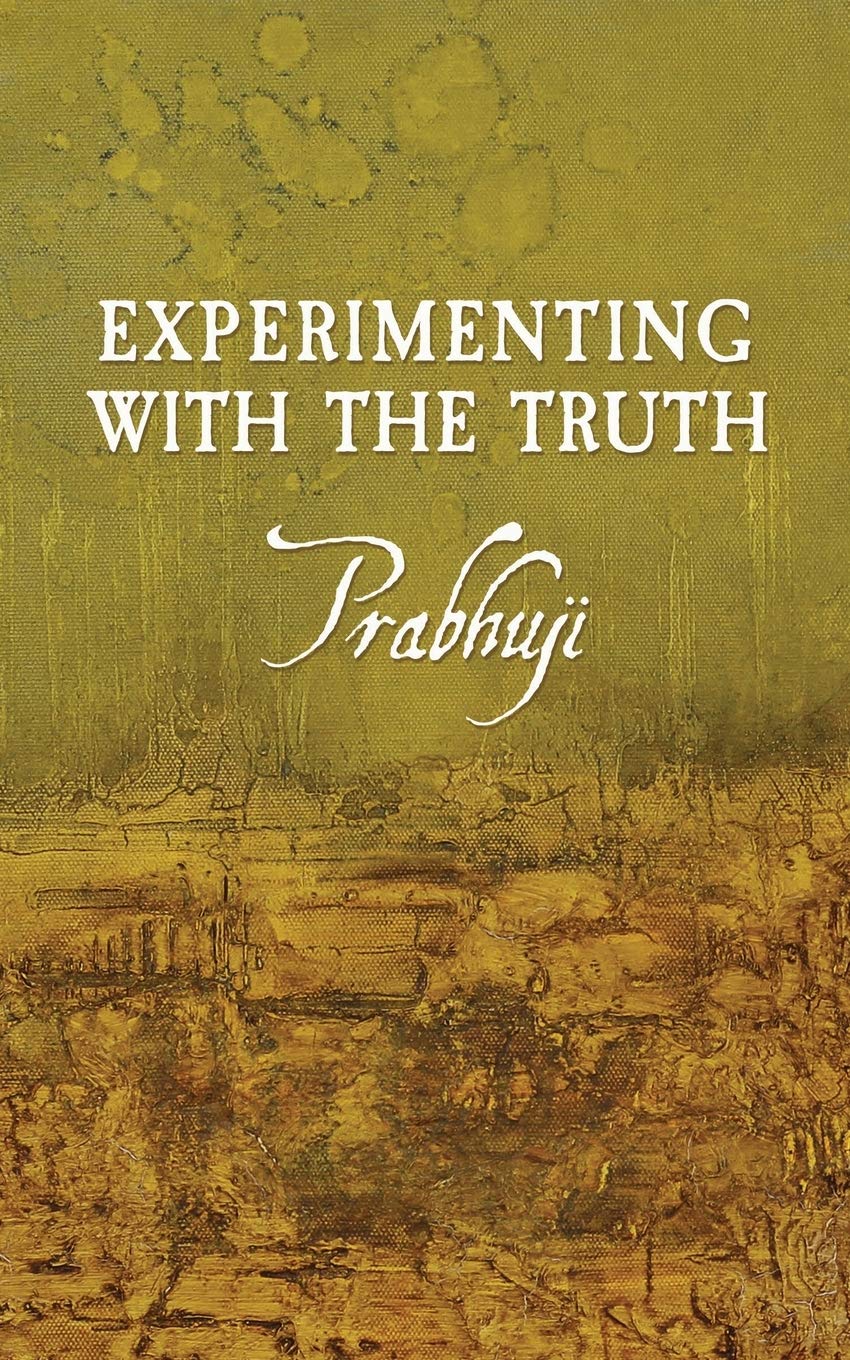Dear Prabhuji, I understand and mostly agree with your criticism of religion. Could you tell me, in your opinion, what is the greatest damage that religion has caused to humanity?
I wish to clarify that I do not criticize religion but institutionalized religion. There is only one true religion, while institutionalized religion has many faces. Because it is social and non-spiritual, there are as many religious “isms” as cultures: “templism,” “churchism,” “synagogism,” and so on.
Religion belongs to the enlightened master, while organized religion belongs to preachers, priests, rabbis, pandits, imams, and the modern “sat-sangists.” Authentic religion has flourished in people like Jesus, Buddha, Moses, Muhammad, Śaṅkara, Krishna, Chaitanya, Lao-Tze, or Guru Nanak. Religious “isms” belong to the Pope, the Vatican, the Chief Rabbinate of Israel, and the like.
Jesus did not know about Christianity, Catholicism, or Protestantism. Moses never heard the term Judaism. Buddha never imagined that he would become the founder of Buddhism.
I consider myself religious, and hence, my words seem subversive to institutionalized religion. True religion has always reacted against pseudo-spiritual businesses that lease made-up gods and sell us imaginary plots of land for the afterlife, something like a Paradise Real Estate agency. We see this clearly in Jesus’s reaction to the merchants at the temple entrance in Jerusalem.
Organized religion is born from fear and the psychological need to find meaning and explanations for life’s experiences. It offers an escape from confusion: it explains the incomprehensible and approaches the unattainable. The illusionary and conditioned mind can invent both religious ritualism and symbolism, but it cannot conceive of a sacred god.
Obstructing humanity’s access to authentic religion has been the greatest damage institutionalized religion has caused. It has been more interested in preserving the organization than facilitating individual spiritual development. Institutional interests have prevailed over followers’ benefits.
All organized religions present themselves as the only true religion. For centuries, they have all tried to deceive humanity by declaring that they own the copyright on the word of God. By insisting that they possessed the Truth, they have contributed to the conditioning of millions of people. By condemning any attempt to question their dogmas, these “isms” have extinguished believers’ ability to investigate and examine. They have kept their adherents on the surface by using all kind of ruses such as “doubt is a spiritual weakness,” “thinking is pointless,” and “investigating is unnecessary.”
Throughout history, these “isms” have paralyzed followers’ faculty of thought and promoted blind fanaticism. They have convinced them that seeking is futile and have kept them ignorant about themselves. Dogmas have made idiots of the masses. Instead of being axiomatic tools, they have become an end in themselves. Cheap religiosity has for centuries proclaimed to have answers to all questions. It has lacked the humility to accept and revere life’s mystery. It does not have enough honesty to publicly admit that not all our questions can be answered. Science has been more honest and accepted that it lacks explanations to some mysteries.
Organized religiosity has impeded any kind of spiritual evolution. One of its strategies has been to disseminate prefabricated arguments. From a young age, it trains and indoctrinates us; it even gives us answers to questions we have not yet formulated. Before we even question the existence of God, it gives us his address, inclinations, desires, and demands.
On the other hand, authentic religion is not exclusive but inclusive: it motivates and supports individuals in their search for Truth. Its aim is to inspire questioning and exploration. It manifests when we transcend the limits of the mind and become free from the conditioning that ensnares us. It is not psychological, as it does not belong to the domain of the mind. It is accessed through observation, not faith, beliefs, or superstitions. It is reached by looking beyond any tradition or custom. What is truly sacred can only happen when fear is overcome, the mind is silenced, and we as egoic phenomena are transcended.
God is not the answer but a clearing of all questions. In Hebrew, the word for answer is tshuva, or “returning to God.” Truth is experienced in the quiet that remains when mental activity ceases. The mystery of existence is revealed when innocent silence is the only answer; that tender silence that answers the question “Do you love me?” A silence that makes everything so obvious that the question fades away. In the Bible, it is described as kol dmama daka, or “a voice of delicate silence.”
And, behold, the Lord passed by, and a great and strong wind destroyed the mountains, and broke in pieces the rocks before the Lord; but the Lord was not in the wind; and after the wind an earthquake; but the Lord was not in the earthquake; and after the earthquake a fire; but the Lord was not in the fire; and after the fire a still small voice.
(1 Kings, 19:11–12)
Maybe one of these nights, you will raise your questions to the sky, and the blinking stars will embrace you with their deafening and lively silence… Such silent shouting from the depths of existence will eclipse your enigmas… Perhaps only then shall you feel a caress of Truth.







